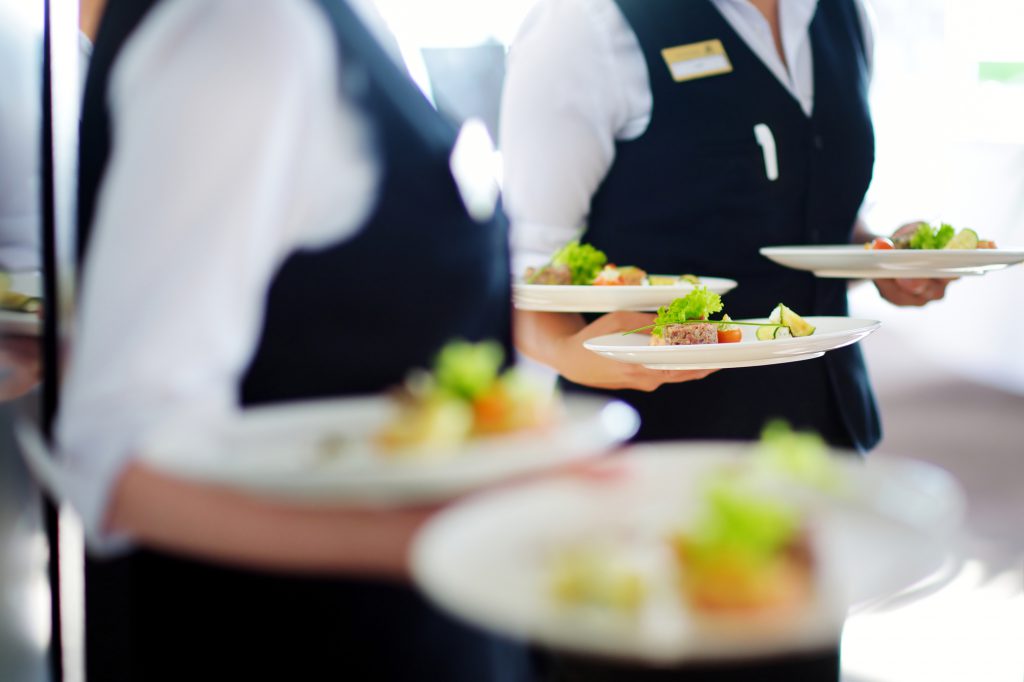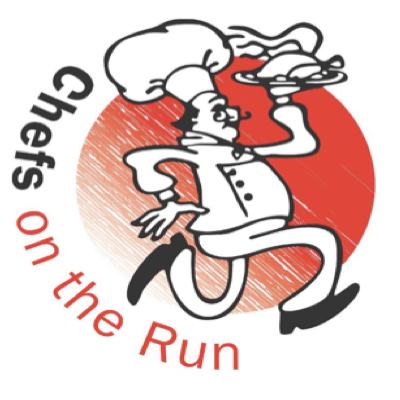
Food Home Delivery – Who are the real winners?
While everyone has been weathering the COVID-19 storm as best they can, there has been a significant surge in the number of people having food delivered to their homes and offices. As an interim solution while we’ve been asked to stay inside if possible, it has certainly allowed a number of restaurants and cafes to keep their doors open – particularly those whose menu lends itself to a takeaway style of operation.
Prior to COVID-19, this trend had already been on the increase with many ‘gig-economy’ style operations participating. However, if you take a closer look at the impacts of this trend, we’re absolutely not sure that there are any real benefits for anyone if we continue to see the growth of this type of operation once restrictions are eased. Here’s why.
- Clearly there are convenience benefits for those ordering food, but very few will receive food of the same (or even similar) quality to what would have been plated up if they actually went out to their local restaurant or café. So maybe a small convenience benefit, but not on the food quality side!
- When people stay at home, the social interaction they would normally have achieved (with people outside their immediate family/friends) doesn’t occur. This tends to lead to isolation and isolation has a high impact on people’s wellbeing.
- If you’re in the restaurant/café business, the most significant margin you make (given the high cost of ingredients and labour associated with food) is on selling that bottle of wine or some beers. When people order for home delivery, these crucial sales (and margin) are lost to the person supplying the food – which has a significant impact on profitability.
- While home delivery services frequently claim that they deliver ‘new’ customers to restaurants & cafes who take up their offer of delivery services, once the first few months’ data is available, it’s clear that they cannibalise in-house sales. Most businesses report that their total sales do not increase by much – they just send more out via delivery services and have fewer people in their café or restaurant. This diminishes the atmosphere in the premises they pay a lot to keep open – and also costs them a significant margin to have food delivered that doesn’t properly represent their true food quality.

- Food delivery services charge an average 20% of the ticket price of food to deliver it – so the restaurateur or café owner makes 20% less than selling to in-house customers. A well run restaurant or café makes about 10% net – not 20% – so in addition to making no margin on alcohol sales, they are probably selling their food at a loss. That doesn’t add up to success, does it?
- At least one delivery service charges the customer rather than the restaurant/café – in which case the consumer pays extra for sub–standard food, no social interaction and none of the adventure associated with exploring a beverage menu!
In the end, whether you’re an introvert or extrovert, human beings are social creatures. Being in the food industry is a difficult way to earn a living and one where the fatality rate of businesses is probably over 90% in the first two years. Margins are tight and fast food offerings are everywhere. Our take on home delivery from restaurants and cafes? Everyone is a loser – and we continue to damage one of our most vibrant and life-enhancing industries as a result of it – not to mention perpetuating the isolation of people, often to their detriment.
Of course, not everyone will agree with us.. But at the very least, it’s food for thought.


Stay Connected: